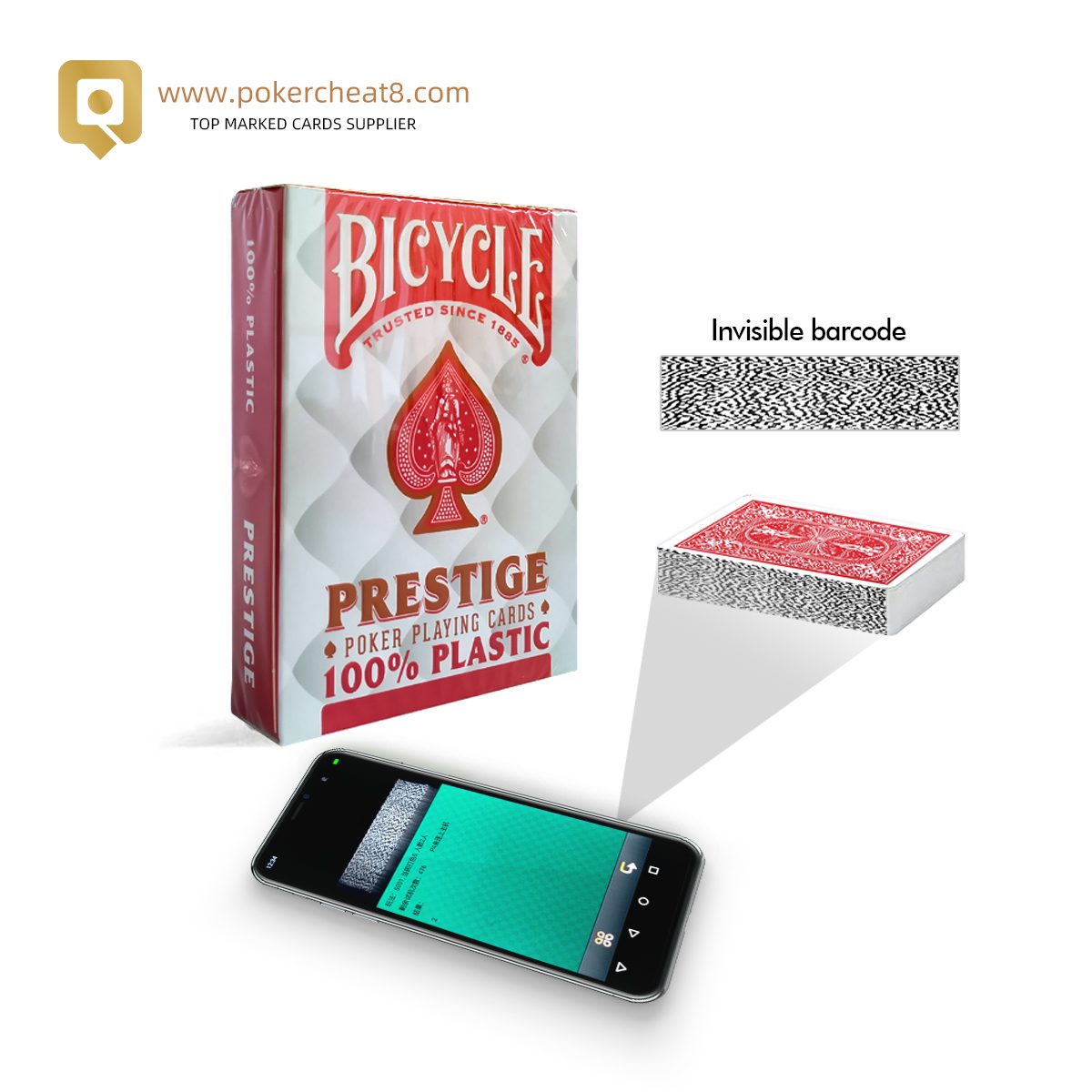
In the realm of card games, few hold as much allure and mystique as poker. Whether it’s the high-stakes tables of Las Vegas or a casual game among friends, poker has captured the imagination of players worldwide. At the heart of this captivating game lie the indispensable tools of the trade: poker playing cards.
A Brief History
The origins of playing cards can be traced back over a millennium, with their exact beginnings shrouded in the mists of time. However, it was in China during the Tang Dynasty (618-907 AD) that the earliest known playing cards were crafted. These cards, known as “money cards,” were used in a variety of games and bore striking resemblances to the playing cards we use today chateau gonflables pas cher.
Playing cards made their way to Europe through trade routes, where they underwent numerous transformations. By the 14th century, cards resembling modern decks were being produced in Europe, featuring suits such as swords, cups, coins, and clubs.
The Evolution of Poker Playing Cards
While the design and style of playing cards have evolved over the centuries, perhaps nowhere is this evolution more evident than in the world of poker. Poker decks typically consist of 52 cards, divided into four suits: hearts, diamonds, clubs, and spades. Each suit contains thirteen cards, including numbered cards from two to ten, along with the face cards: Jack, Queen, King, and Ace.
In addition to the standard deck, variations of poker may incorporate additional cards, such as wild cards, to spice up gameplay. These wild cards can serve as substitutes for any other card in the deck, adding an element of unpredictability and excitement to the game.
Quality Matters
For serious poker players, the quality of playing cards is of paramount importance. A well-crafted deck can enhance the playing experience, offering durability, ease of handling, and a satisfying feel. High-quality cards are typically made from durable materials such as plastic-coated paper or PVC, ensuring they can withstand hours of intense gameplay without showing signs of wear and tear.
Furthermore, the design of poker playing cards is not merely aesthetic but also functional. Clear, easily recognizable symbols and numbers are essential for quick and accurate gameplay, preventing confusion and misunderstandings among players.
The Psychology of Cards
Beyond their utilitarian function, poker playing cards possess a subtle yet undeniable psychological appeal. The act of shuffling and dealing cards builds anticipation and excitement, setting the stage for the drama that unfolds with each hand. The tactile sensation of holding a hand of cards, carefully concealing one’s strategy from opponents, adds an extra layer of intrigue to the game.
Moreover, the symbolism associated with certain cards can evoke emotions and stir the imagination. The Ace of Spades, often referred to as the “death card,” carries connotations of mystery and power, while the Queen of Hearts embodies themes of love and passion. These symbolic associations can influence players’ perceptions and strategies, subtly shaping the course of the game.
Conclusion
In the world of poker, playing cards are more than mere tools of the trade in pokercheat8.com; they are the building blocks of strategy, the catalysts of excitement, and the conduits of imagination. From their ancient origins to their modern incarnations, poker playing cards have played an integral role in shaping the rich tapestry of card gaming culture.
So the next time you gather around the poker table with friends or test your skills in a high-stakes tournament, take a moment to appreciate the humble deck of cards in your hands. For within those 52 pieces of paper lies the potential for triumph, defeat, and everything in between.

暂无评论